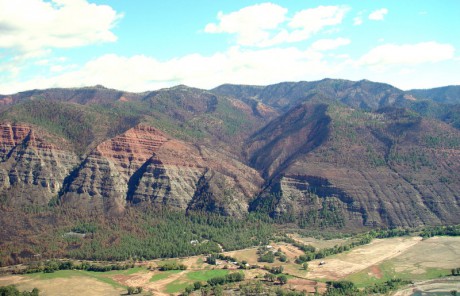There is an undisputed need to increase accuracy of snow cover estimation in regions comprised of complex terrain, especially in areas dependent on winter snow accumulation for a substantial portion of their annual water supply, such as the Western United States, Central Asia, and the Andes.


